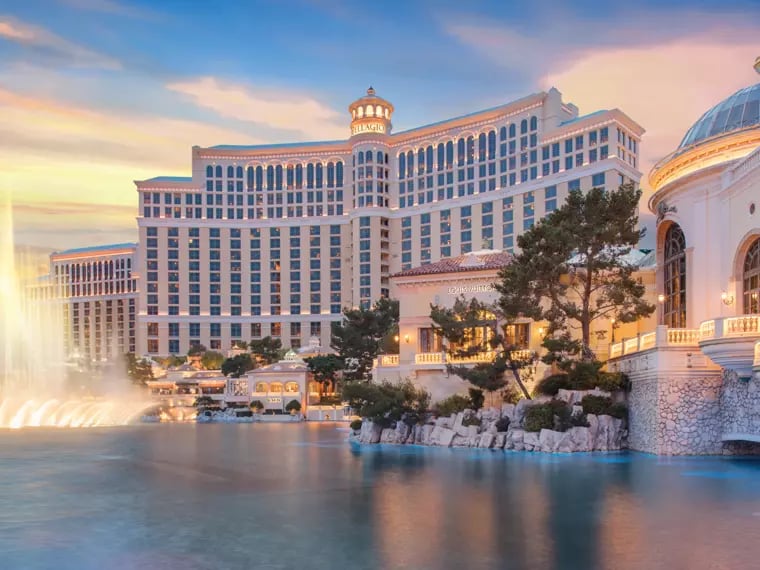When MGM Resorts (MGM +0.00%) reported first-quarter results this week, its stock popped despite lagging Las Vegas Sands (LVS +0.32%), its much larger rival. Fellow Fool Bradley Seth concluded that Las Vegas Sands' 21.4% revenue growth rate made it a much better buy versus MGM's 12% growth rate, especially given lower exposure to Macau.
But I think MGM's stock can continue to outperform that of Las Vegas Sands, something it's done over the last one-, two-, and three-year periods. The key for MGM is leverage.
MGM Total Return Price data by YCharts.
How MGM Resorts will outperform
There's no doubt that Las Vegas Sands is outgrowing MGM Resorts today, and that will likely continue in the future. But that doesn't mean that MGM isn't going to be a better stock for investors.
One big difference between the two companies is the amount of leverage they have on their balance sheet. Las Vegas Sands has only about 10% of its enterprise value in debt, while MGM is at almost 50%.
| Metric |
Las Vegas Sands |
MGM Resorts |
|---|---|---|
|
Market Cap |
$65.0 billion |
$12.5 billion |
|
Net Debt |
$7.0 billion |
$12.0 billion |
|
EBITDA |
$5.1 billion |
$2.4 billion |
|
Enterprise Value/EBITDA |
14.2 |
10.0 |
Source: Company earnings releases.
If over the next few years Las Vegas Sands' EBITDA doubles, net debt stays the same, and its EV/EBITDA ratio stays the same, the company would be worth $137.8 million, or 112% more than it is today.

Las Vegas is still where MGM gets most of its revenue, but its profit growth is now in Macau.
If MGM's EBITDA increases 60% over the same time frame, net debt stays the same, and its EV/EBITDA ratio stays flat, the company would be worth $26.4 billion, or 111% higher than it is today.
So, MGM only has to grow at 60% of the rate Las Vegas Sands does to have the same stock returns.
Why MGM will grow long-term
Las Vegas is in the midst of a slow recovery, but that isn't the reason investors should be bullish on MGM Resorts. The real reason to like MGM is its development on Cotai, which is expected to open early in 2016. Resorts from Las Vegas Sands and others are generating in excess of $1 billion in EBITDA annually, and, to meet the 60% figure I projected above, the company only needs to grow EBITDA $1.44 billion overall.
Las Vegas Sands has a resort under construction as well, but adding $1 billion to its current EBITDA is only a 20% increase, whereas it would be a 42% increase for MGM.
MGM can continue to outperform
Both operational and financial leverage give MGM huge upside for investors over the next few years. Of course, that leverage comes with risk as well if Las Vegas or Macau go through a major downturn. But if they don't, I think MGM will continue to outperform Las Vegas Sands for shareholders.








